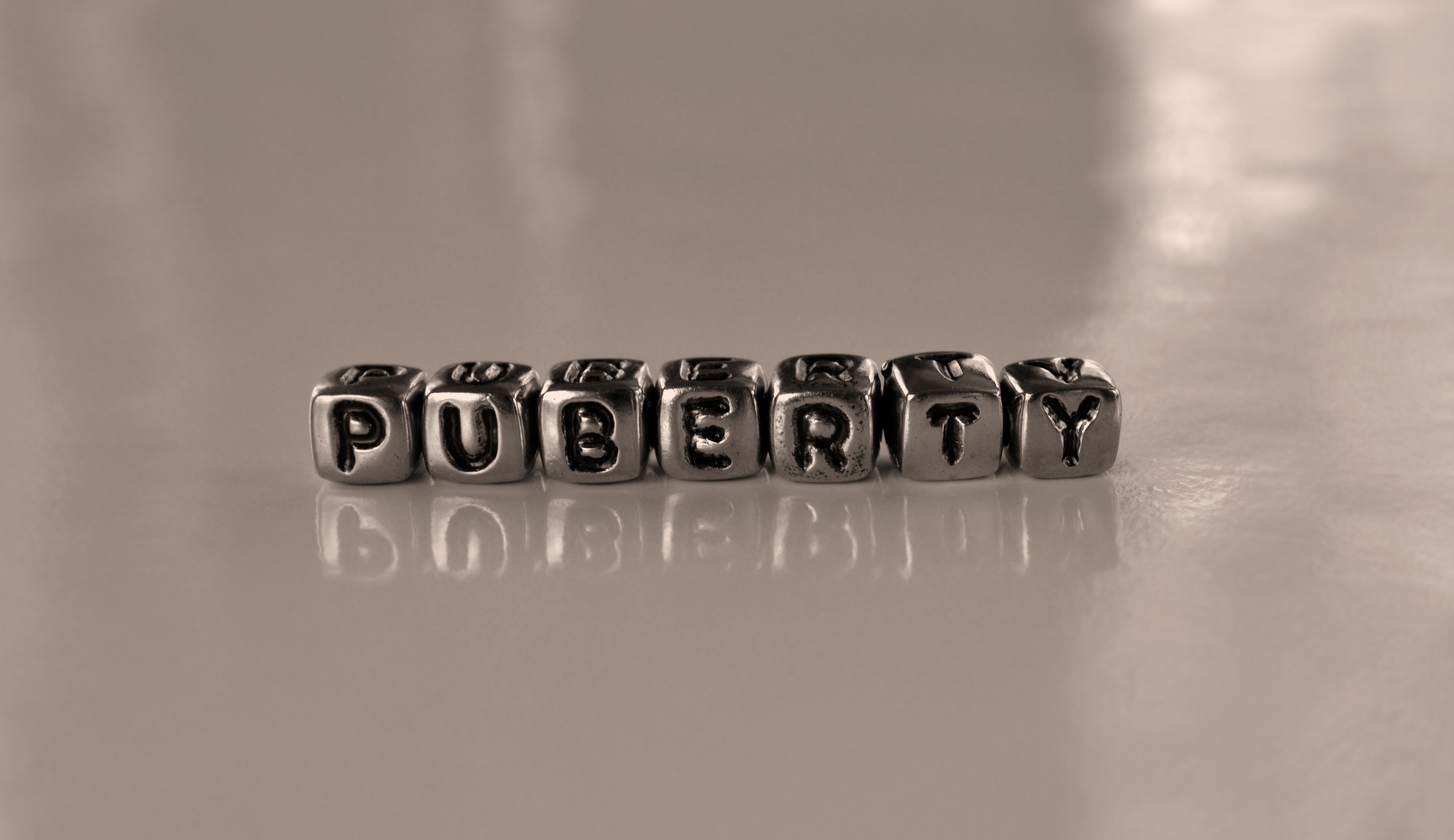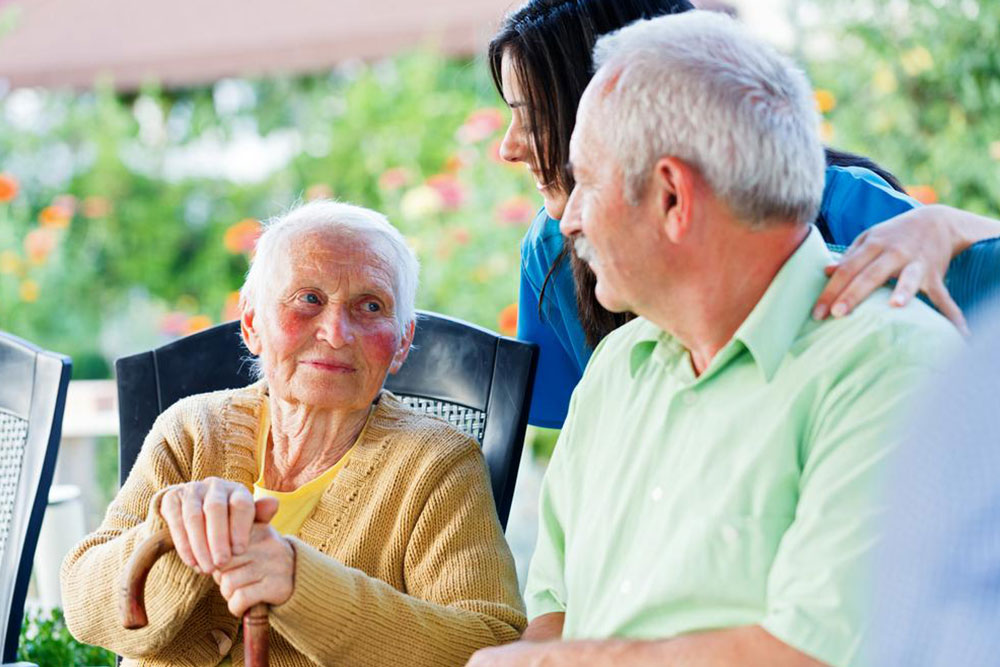Understanding the Stages of Puberty in Boys
This article offers a comprehensive overview of the stages of puberty in boys, including physical, emotional, and psychological changes. It highlights the typical age range, key developmental milestones, and how parents can support their children during this critical growth period. Understanding these stages promotes confidence and healthy development in adolescent boys, preparing them for reproductive maturity and emotional independence.
Sponsored

Puberty is a key phase in growth, marking the shift from childhood to adolescence and preparing boys for reproductive maturity. It involves various physical, emotional, and psychological changes occurring over several stages. Typically starting between ages 9 and 14, this process is driven by hormonal shifts, especially increased testosterone. The hypothalamus signals the pituitary gland to produce hormones that stimulate testicular growth and further development, guiding boys through this natural transition.
Puberty progresses through five main stages:
Prepubescent Stage: No visible changes; body remains childlike.
Early Puberty: Initial signs include pubic hair growth and slight height increase.
Mid Puberty: Rapid height gain, voice changes, and facial hair appear.
Late Puberty: Continued growth, acne, muscle development, and mature body hair distribution.
Full Maturity: Final height achieved, stable voice, complete body hair growth, and reproductive capability.
Alongside physical transformations, emotional shifts such as mood swings, identity exploration, and social adjustments are common. Understanding these stages helps boys and their guardians navigate this period with confidence, ensuring healthy physical and emotional development. Recognizing the natural progression fosters a supportive environment, encouraging boys through their journey into adulthood.





